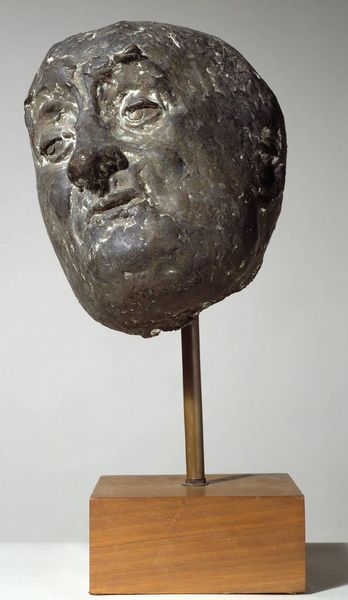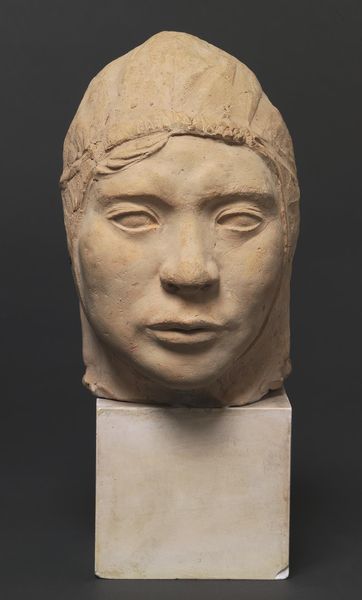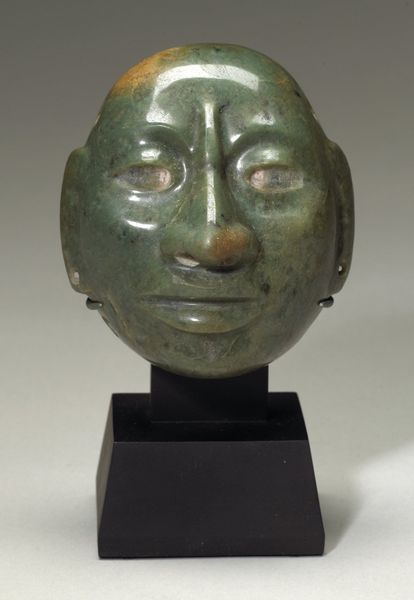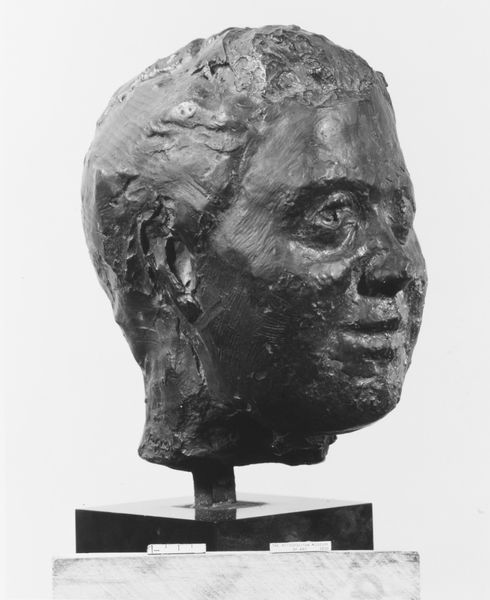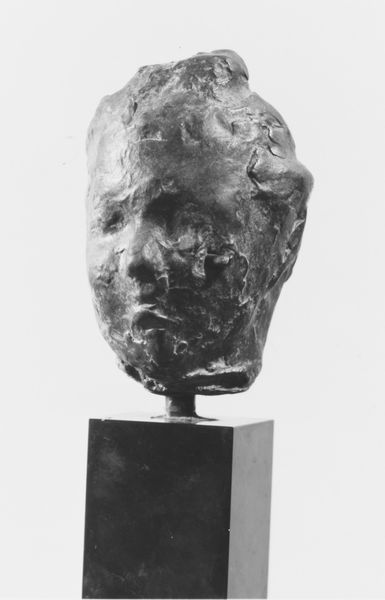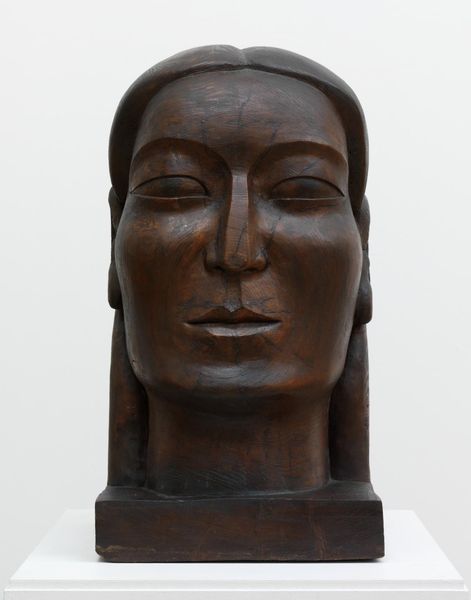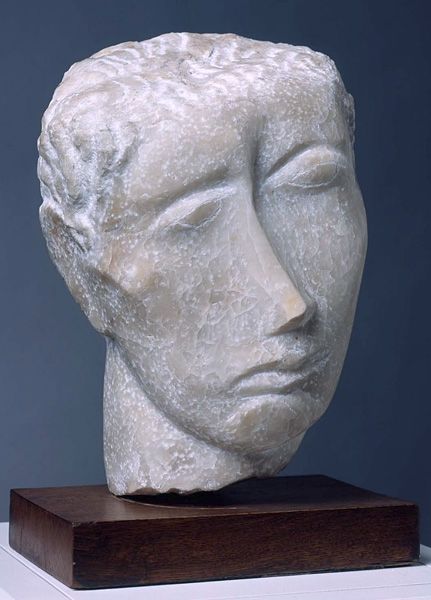
Dimensions: object: 350 x 222 x 336 mm, 10.5 kg
Copyright: © Estate of Dora Gordine, courtesy Dorich House Museum, Kingston University | CC-BY-NC-ND 4.0 DEED, Photo: Tate
Editor: We're looking at Dora Gordine's sculpture, *Malay Head*. It's this compelling bronze bust, undated, but residing in the Tate. I'm struck by its serene expression. What lasting cultural symbols or narratives do you see embodied here? Curator: Consider the enduring portrayal of the "exotic other" in Western art. How does Gordine's representation engage with or challenge these historical visual tropes, specifically in relation to colonial-era portraiture? What cultural memories might be activated by this work? Editor: That's fascinating. It makes me think about how we interpret faces and assign identities. Thanks for shedding light on its deeper meanings. Curator: Indeed, a single image can echo through history, shaping and reshaping our understanding of the world.
Comments
Join the conversation
Join millions of artists and users on Artera today and experience the ultimate creative platform.
tate 6 months ago
⋮
This head also comes from Gordine’s series of sculptures that represent the physiognomic characteristics of different races. When Gordine held an exhibition of her work in London in 1938, she was praised by poet and critic Arthur Symons: ‘Her profound sense of pure form in sculpture, heedless alike of realism and of exaggerated abstraction, is united with the subtlest delicacy of modelling, and these qualities endow her bronzes with abnormal power.’ This work was bequeathed to Tate by Symons’ wife, Rhoda. Dora Gordine was born in St. Petersburg in 1906 and died in London in 1991. Gallery label, August 2004


